Introduction to ‘Social Fabric’ Through our studio, we will Re-Think the relationships between people and place, mediated by materials and processes of Re-Making.
Our studio will:
Re-Map the different environments in which we live through the prism of ‘abundance, waste(d) opportunities, ‘spin-out’ benefits for more ‘virtuous-circular-economies’ and local-productive-habitats.
Re-Mine the material and human Re-Source to uncover new (or latent) opportunities for Re-constructing our physical-places as and through social-spaces.
We will Re-write our ‘multi-local’ material narratives and vernacular and Re-Form our interconnections as a means to..
Re-Define and Re-Cast the role of designers and makers as curators of new social, cultural and environmental systems and services,
Literally Re-Making Meaning and Re-Designing Design in an age of environmental crisis, social and political repression and cultural homogenisation.









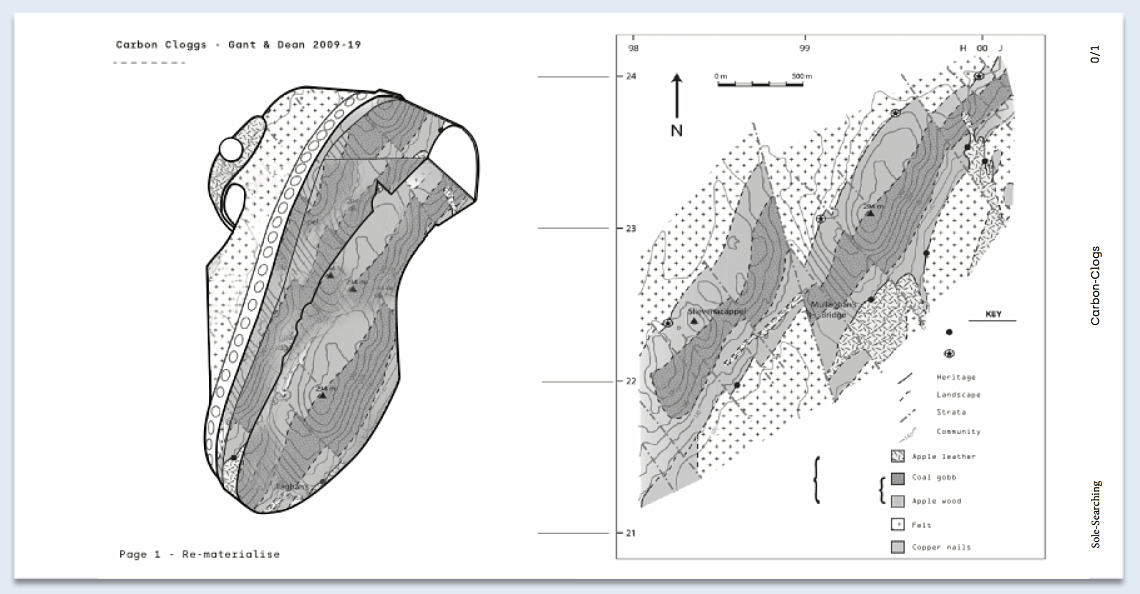












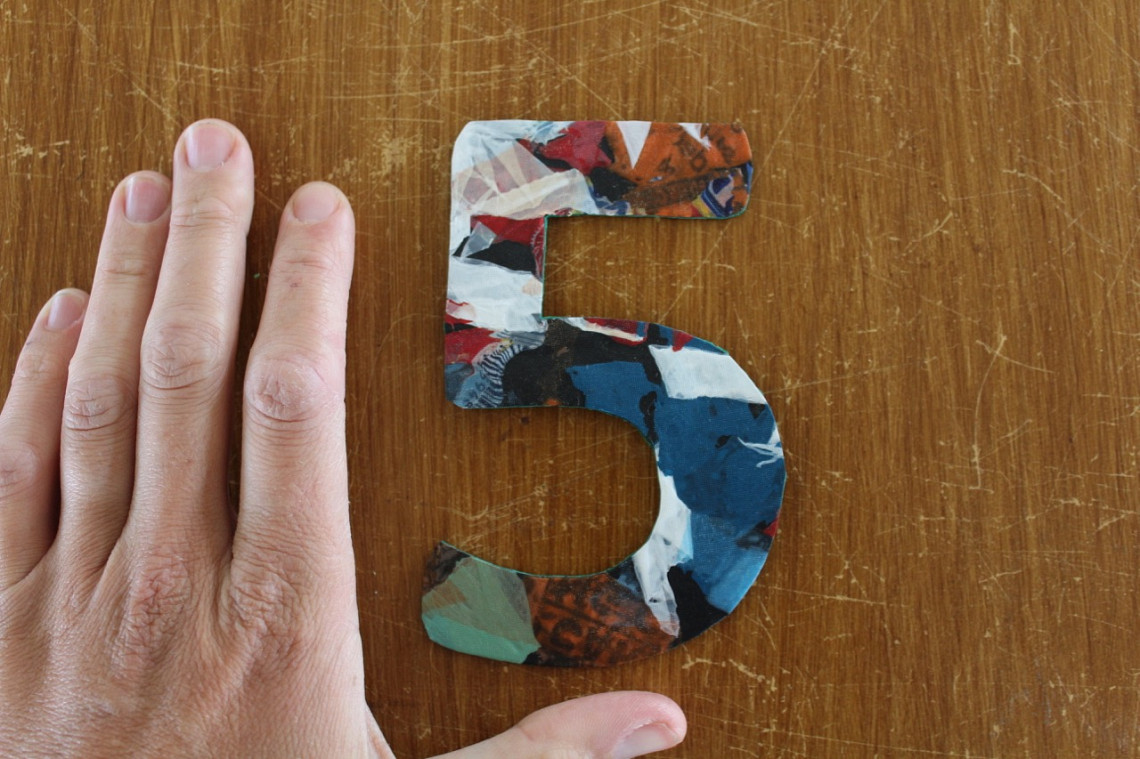








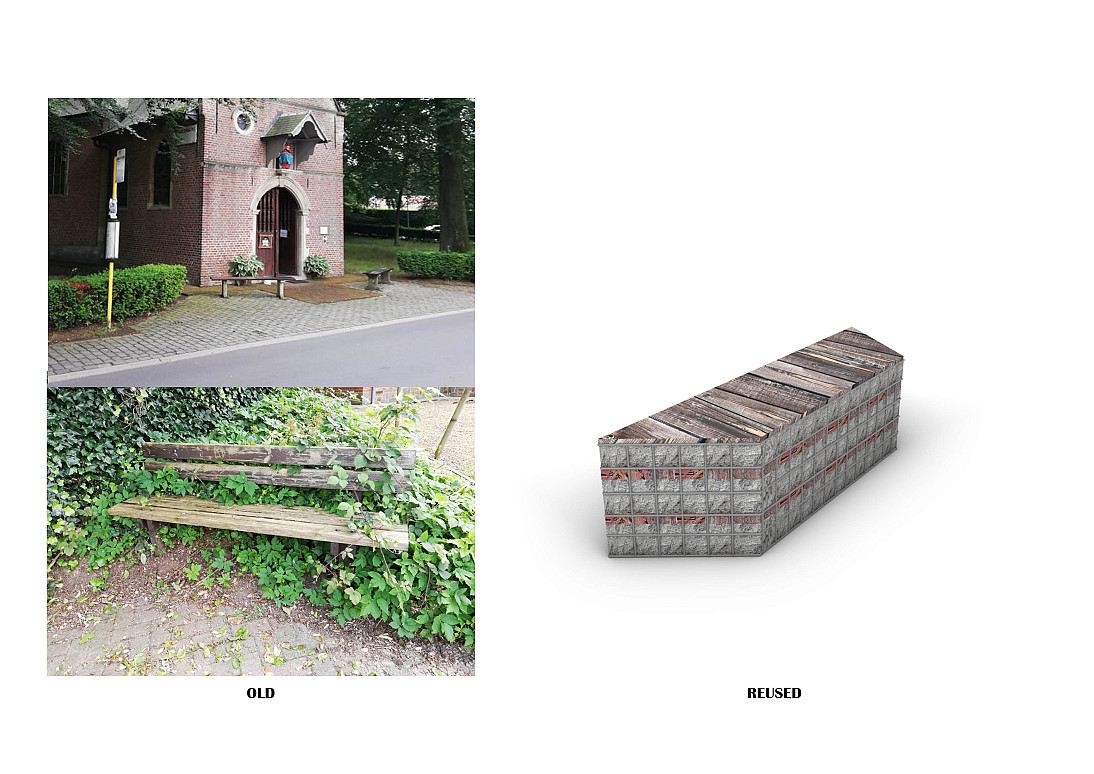
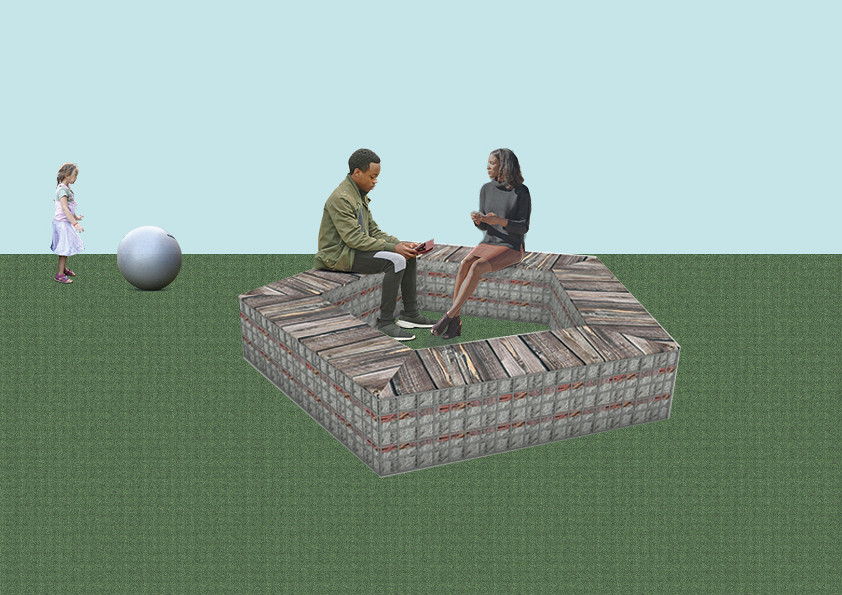


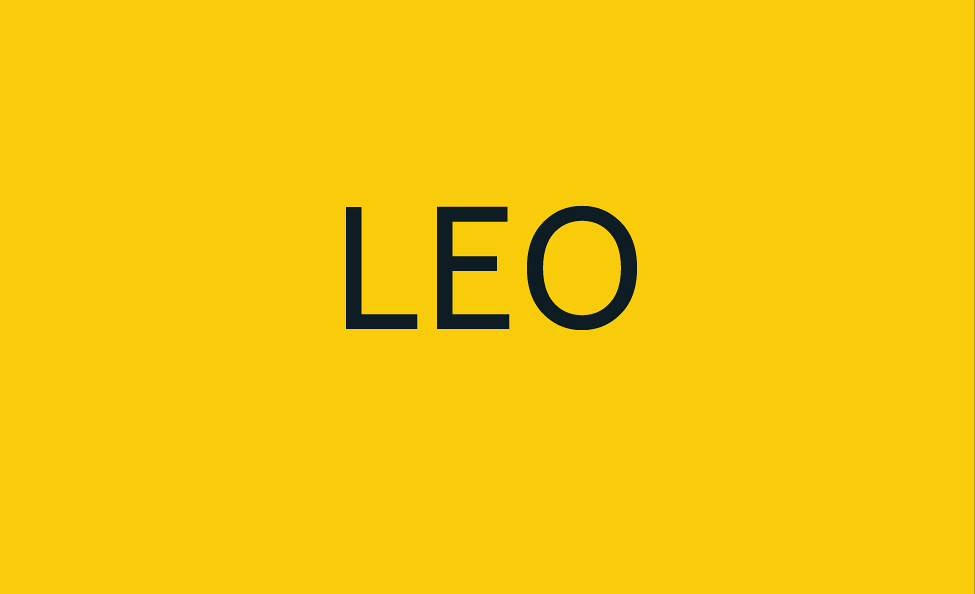








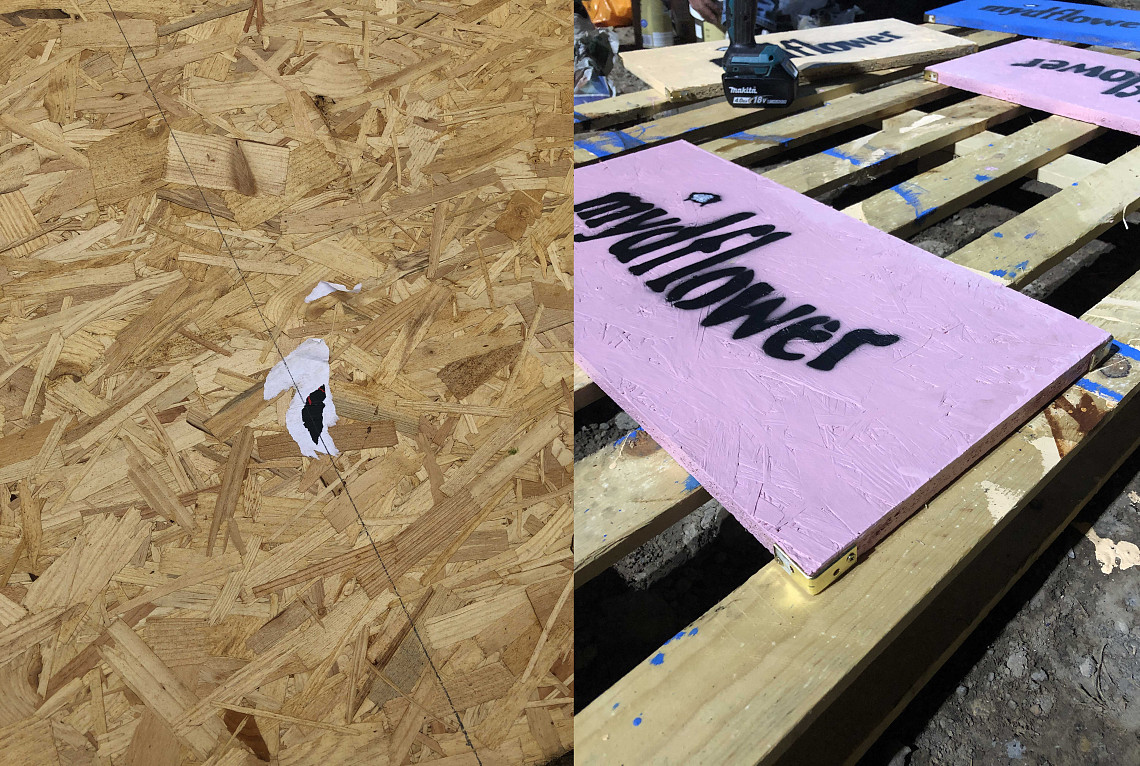


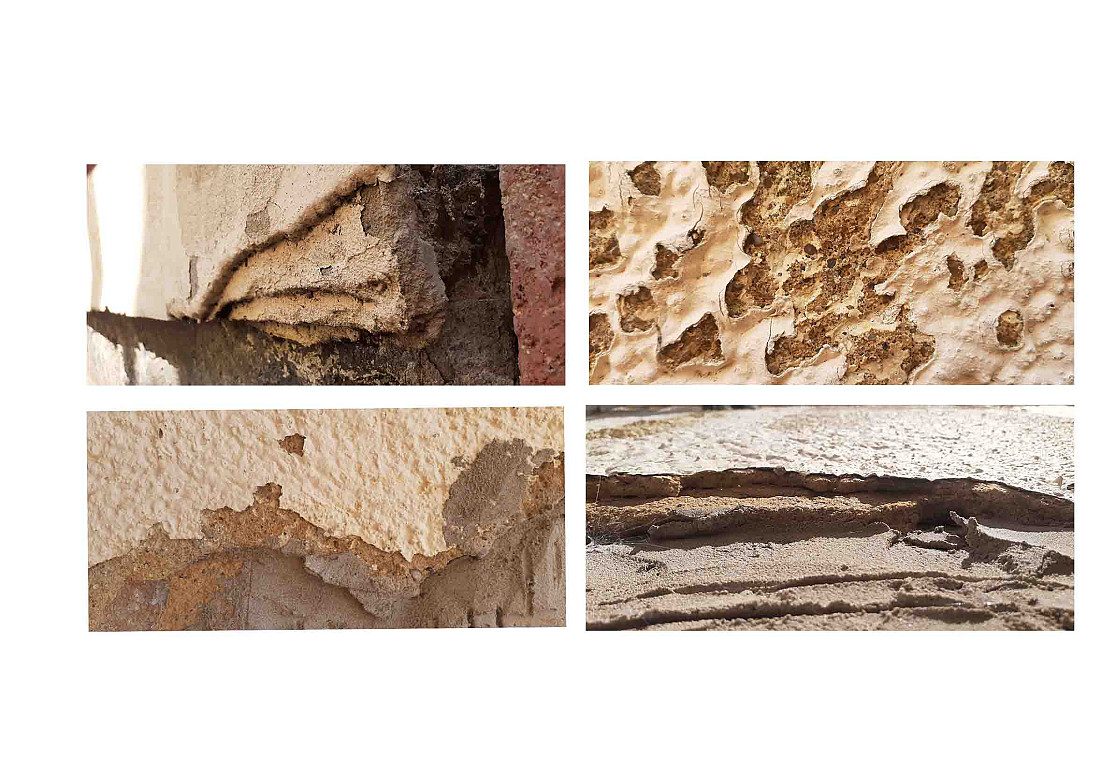


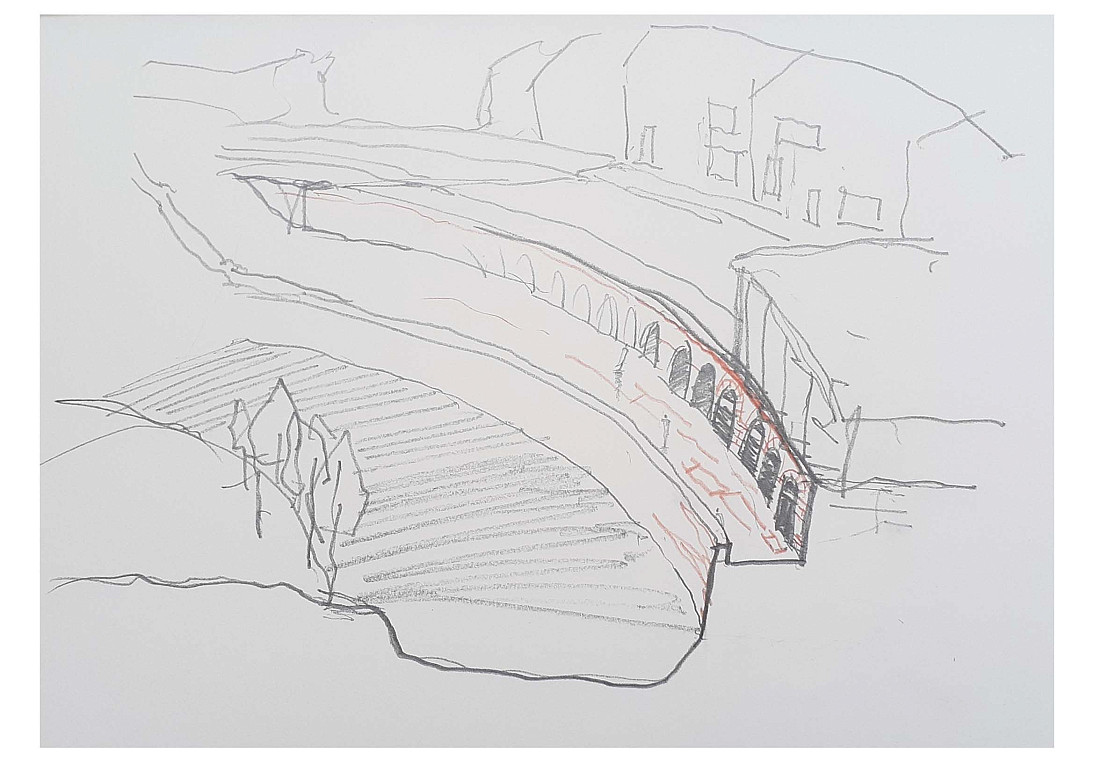















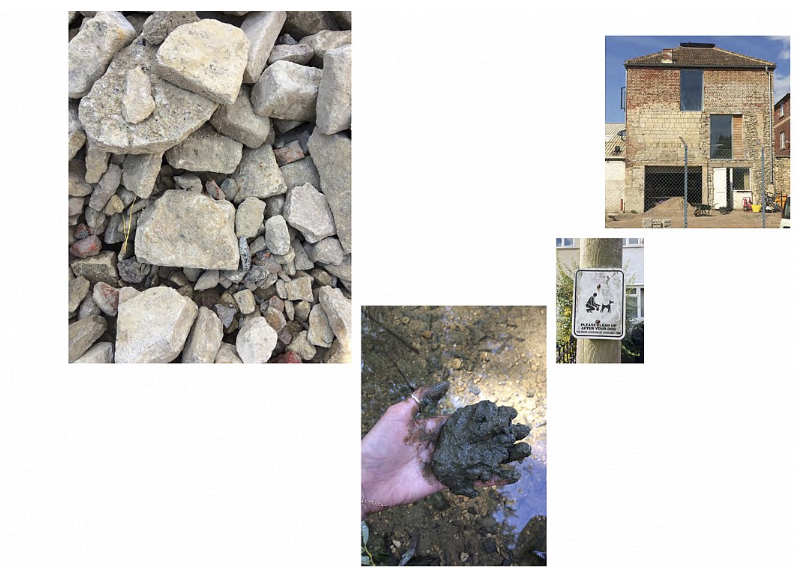






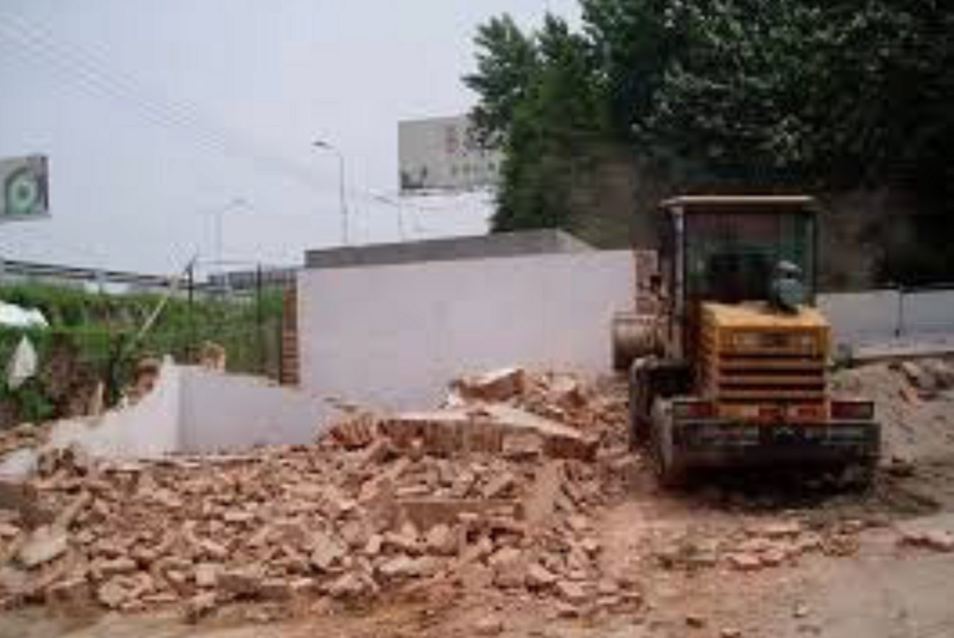






Comments
Nick posted on 28 July 2021 14:12
Hi we can leave comment here if required :)